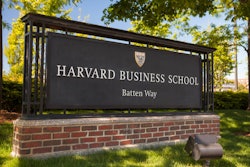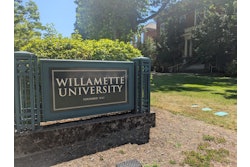
While students of color now comprise 35% of first-year law students—up from 28% a decade ago—significant gaps remain in nearly every measure of legal education access and success.
The most striking disparities appear in admission rates, where only 45% of Black applicants received at least one law school admission offer in 2024, compared to 79% of White applicants. Hispanic/Latino applicants fared slightly better at 57%, while Asian applicants had a 69% admission rate.
The disparities extend beyond admissions. First-time bar passage rates in 2024 showed similar racial gaps: 87% for white graduates, 81% for Asian graduates, but only 64% for Black graduates and 65% for American Indian/Alaska Native graduates.
These gaps have real consequences for the legal profession's diversity pipeline. While students of color represent 35% of first-year enrollees, they comprise 48% of non-transfer withdrawals after the first year, suggesting higher attrition rates among underrepresented students.
The concentration of students of color at certain institutions also raises equity concerns. The data shows that half of all Hispanic/Latino law students attend just 37 of the 196 ABA-approved law schools, while half of all Black law students are concentrated in just 35 schools.
Financial aid patterns reveal another layer of disparity. Students of color are underrepresented among recipients of full-tuition scholarships, receiving only 23% of such awards despite comprising 32% of the law student population.















